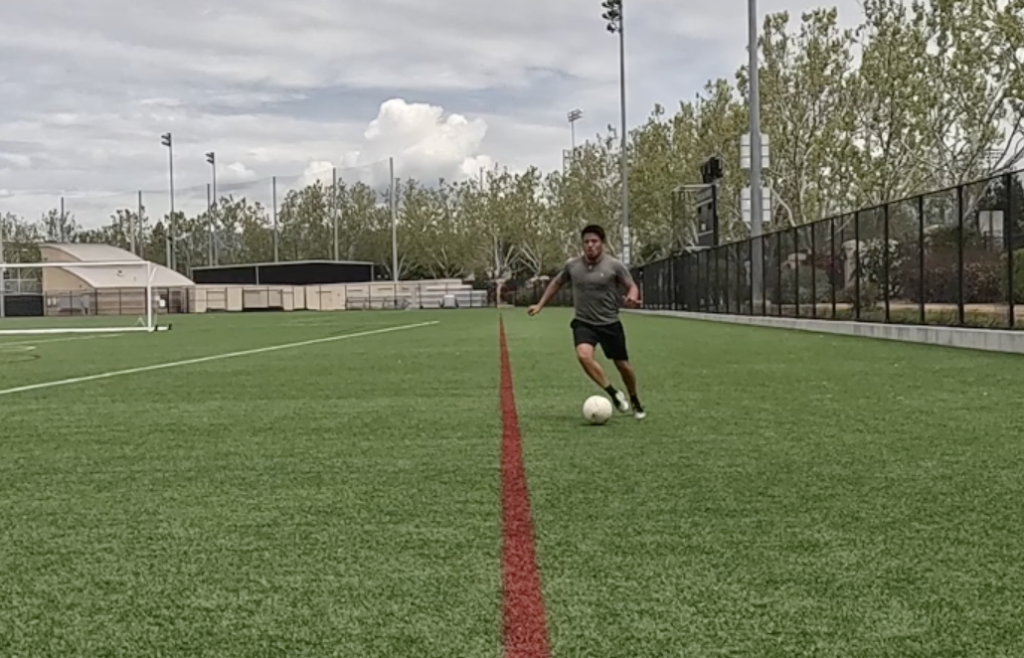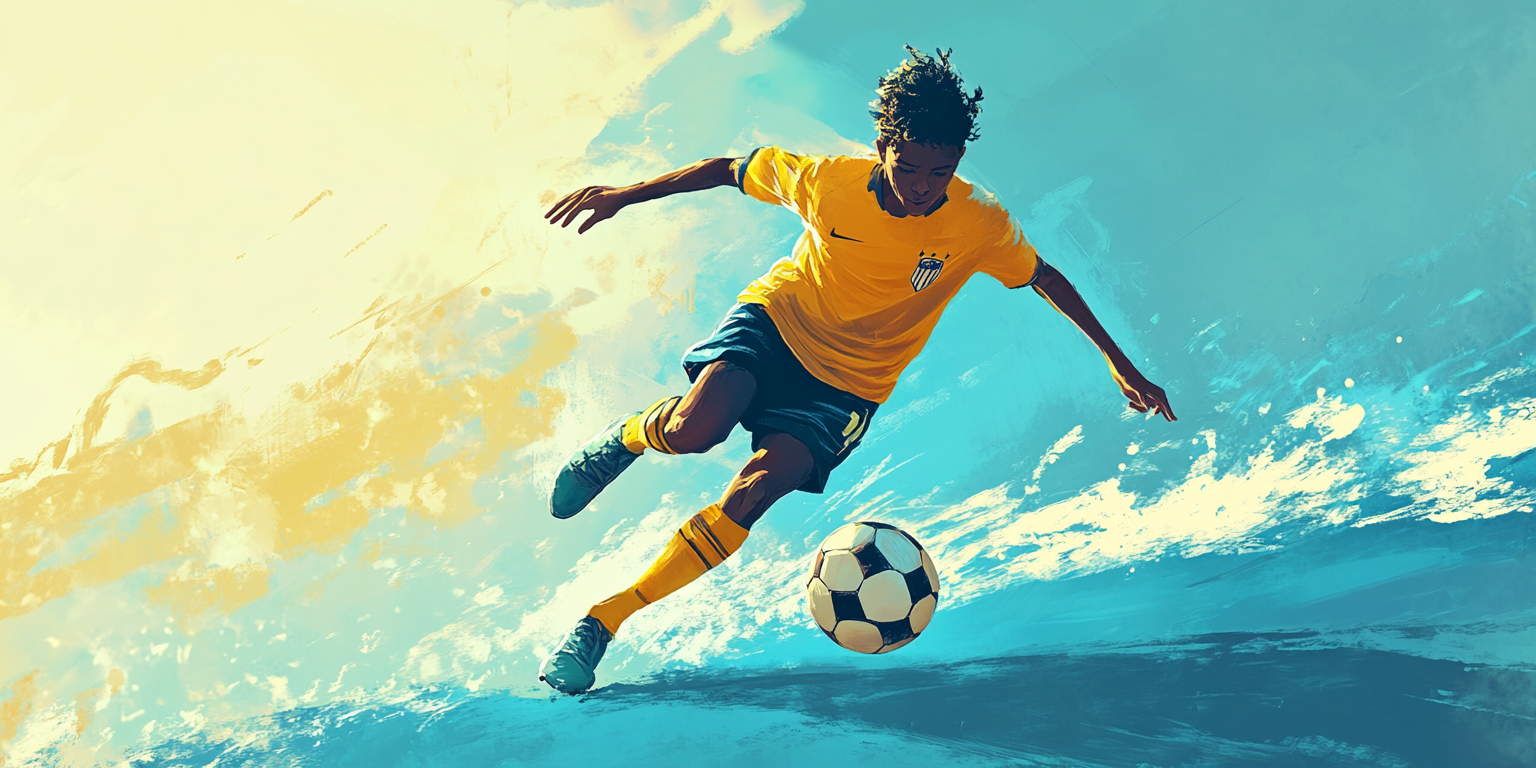11 Best Soccer Dribbling Drills to Sharpen Your Ball Control
Here’s what most soccer players get wrong about dribbling: they think dribbling is all about fancy footwork and flashy moves. However, the truth is the best dribblers in the world succeed because they’ve mastered the art of deception and timing, not just doing fancy skill moves.
Dribbling a soccer ball is one of the most important skills of the game, no matter your playing position, along with ball control, first touch, passing, shooting, defending, decision making, composure, awareness, and creativity, because it allows you to get around opponents when the opportunity arises.
Dribbling, combined with all of the skills above, is what helps players improve their talent and become better players, but it is also important to improve their passion, discipline, game IQ, mindset, athleticism, fitness, and recovery. Before diving into the best soccer dribbling drills, it’s crucial to understand that no individual training drill can fully replicate the unpredictable nature of real game situations.
This means that the most effective way to improve your dribbling is by practicing against actual opponents in team trainings, small-sided games, scrimmages, or pickup matches. Throughout my years of playing, coaching, and running sports leagues, I’ve noticed a consistent pattern with dribbling drills: players who focus mainly on cone drills struggle when facing real defenders, while those who combine cone drills with dribbling against live opponents develop more creativity, composure, and the ability to adapt under pressure.
Ultimately, the best dribblers aren’t the ones who can weave through perfectly spaced cones, but the ones who can solve problems in unpredictable, live-game situations. That is why, in this blog post, I will review the best soccer dribbling drills to add to your individual or partner training sessions.
Remember, these individual drills should complement, not replace, your regular team training, and they’re most beneficial when used during solo practice sessions between your group training days. To perform the drills on this list in the most efficient way, it will be important to have some of the following training equipment, and accessories, such as:
- Rebounder – To have a training partner that doesn’t get tired
- Soccer balls – Have a few to spend less time shagging balls
- Soccer ball bags – Easy way to carry your soccer balls
- Soccer Cleats – Wear the right cleats based on your playing surface
- Portable soccer goal – Important to work on scoring goals

What are the Best Soccer Dribbling Drills for Individual or Partner Training?
As mentioned above, the best way to improve your dribbling skills is by practicing against live opponents, but there are ways to improve your dribbling skills on your own though solo or partner training. The key is to make your individual practice sessions as game-realistic as possible by incorporating sharp turns, different speeds, using both feet equally, and maintaining ball control under imagined pressure rather than simply going through predictable cone patterns.
With that being said, cone drills can be helpful if you’re a complete beginner or looking to refine the fundamentals of close ball control, balance, and foot coordination before transitioning to more dynamic, game-like scenarios. Depending on where you’re training, you can also do these drills barefoot to strengthen your feet, improve your touch sensitivity, and build a more natural connection between your body and the ball.
Cone Weave Dribble
Set up five to ten cones in a straight line with equal spacing, then practice dribbling through them using both feet while maintaining close ball control. This drill focuses on developing quick touches and body positioning as you weave between each cone at different speeds.
There are many variations when it comes to cone weave drills, such as by going one foot at a time, alternating feet, or even using skills, such as a ball roll, as you go through the cones.
Zig Zag Slalom
This drill is similar to the cone weave, but now the cones are placed much further apart, which works on dribbling at speed through longer distances rather than close ball control. Start by placing cones in a zigzag pattern and practice dribbling through them using sharp turns and change of direction moves.
Same as with the cone weave, there are many variations you can apply to the zig-zag slalom, such as incorporating feints before each turn, using only your weaker foot, or accelerating out of every change of direction to simulate breaking past a defender in a real game.
Square Drill
This next drill focuses on using different parts of the foot. Start by creating a square using four cones and practice dribbling around the perimeter, focusing on maintaining control while changing direction at each corner.
With this drill, there are four different dribbling phases: dribbling up with speed, side rolling across the cone line, retreating backwards with control, and then rolling across the last cone line. Once you do this, going clockwise, repeat going counterclockwise.
Triangle Drills
Set up three cones in a triangle formation, as close or as far as you’d like, and practice dribbling around them using various dribbling techniques while keeping the ball close to your feet. The point of this drill is to get around the triangle quickly, make sharp turns, and develop the ability to accelerate out of tight spaces, just like when escaping pressure from multiple defenders in a game.
The next round begins when players complete the circuit with both their left foot and weaker foot.
Circle / Figure 8 Drill
Continuing the theme of dribbling around shapes, set up five to eight cones in a large circle and practice dribbling around the outside using small, fast, controlled touches. Practice going clockwise, counterclockwise, and using both feet as you go around the circle with speed.
Once you’ve mastered the perimeter, you can keep the circle the same size or make it smaller, add another circle next to it, and you can progress into weaving through the circle in a figure-8 pattern. This variation forces you to combine sharp turns, acceleration, and close control, which closely simulates breaking through tight defensive pressure in a real game.
Free Style Dribbling
This next drill requires no cones, and all you will need is some open space, a soccer ball, and your bare feet. The goal is to dribble freely while mixing in some of the dribbling patterns above, as well as skill moves such as step-overs, scissors, ball rolls, and sudden changes of pace or direction.
By allowing yourself to experiment without restrictions, you’ll build confidence, creativity, and the ability to improvise, skills that translate directly into unpredictable play on the field.
1 V 1s
If you have a partner, then 1v1 drills are the best and simplest drills you can do because there are always going to be 1v1 moments in the field. During 1v1s, players learn how to use a combination of speed, agility, and skill moves to outmaneuver their opponents.
Practicing 1v1 situations where the partners switch attacking roles, or both are trying to score on pop-up goals, sharpens both attacking and defensive dribbling skills, making this one of the best drills not just for dribbling, but overall soccer development.
Dribbling Relay Races:
Dribbling relay races add a competitive element to dribbling drills by having players race against each other while maintaining possession of the ball through a cone course. This drill bridges the gap between static cone work and live competition, forcing players to execute dribbling techniques under time pressure while racing to complete the course first.
In team environments, these races build both individual skills and team chemistry as players cheer for teammates and celebrate wins as a team.
Small Sided Games
Small-sided games involve fewer players on the field, such as 5v5, 7v7, or 9v9, which creates more opportunities for players to engage in 1v1 dribbling situations. These games are the closest thing you can get to a real match, which means the skills learned are highly transferable to full-sized games, and they’re also a great way to build confidence and creativity.
Pick-up games
Pick-up games are informal matches that can be variations of small-sided games, and they are usually played without the pressure of formal competition, which allows players to experiment and take risks with their dribbling.
During a pickup game, if you’re playing against better players, you’ll be challenged to think quicker, protect the ball more effectively, and sharpen your decision-making under pressure—skills that directly transfer to competitive matches. On the other hand, if you’re one of the stronger players, pick-up games give you the freedom to practice creativity, take risks, and try out new dribbling moves in a low-stakes environment, to build the confidence to perform those moves against higher-level opposition.
Futsal:
Futsal is a fast-paced, indoor version of soccer played with a smaller, heavier ball, which demands high technical skills and quick reflexes. The smaller playing area and constant pressure from opponents force players to use tight, skillful dribbling moves to navigate through defenders.
Players usually experience their footwork and close control improve significantly after playing futsal regularly, which can be seen as the perfect training ground for many players.
Final Thoughts
To summarize, mastering the art of dribbling in soccer is important for any player looking to make an impact on the field. Although you may think that dribbling is only for the offensive players, every single position on the field must know how to dribble the ball because sometimes that is the better option rather than passing the ball.
Dribbling is one of the skills that is best trained when playing against live opponents, but even during individual sessions, you can improve your dribbling skills if you are training mindfully, at game speed, and if you’re using the right drills like the ones on this list.

FAQs
What is the best way to improve my dribbling skills?
The best way to improve your dribbling skills is by practicing consistently in game-like situations, such as small-sided games or pick-up games, where you can face real opponents and build good habits. This helps develop your technical abilities, instincts, decision-making, and creativity.
It is also important to practice barefoot consistently and on different surfaces—such as grass, turf, concrete, or even sand—as each one challenges your touch, balance, and ball control in unique ways.
Are cone drills effective for improving dribbling?
Cone drills can be very useful, especially for beginners, to develop basic ball control and technique with both feet. However, they have limitations because they don’t replicate the unpredictable nature of real-game scenarios.
This means that as you advance and become better at dribbling, it gets more important to focus on the drills that involve real opponents to develop the ability to adapt under pressure, beat defenders in unpredictable situations, and make quick decisions with the ball at your feet. For cone drills, you can use any type of cones, short or tall cones, and you can even use everyday objects like water bottles, shoes, or small markers if you don’t have training equipment.
What gear and equipment are needed to improve my soccer skills?
The best thing about soccer is that you don’t need a lot of training gear to start playing and improving. All you really need is a soccer ball, but the more serious you want to play, the more gear you will need, such as soccer cleats, shin guards, grip socks, shorts, shirts, cones, rebounders, ball pumps, soccer bags, etc.

